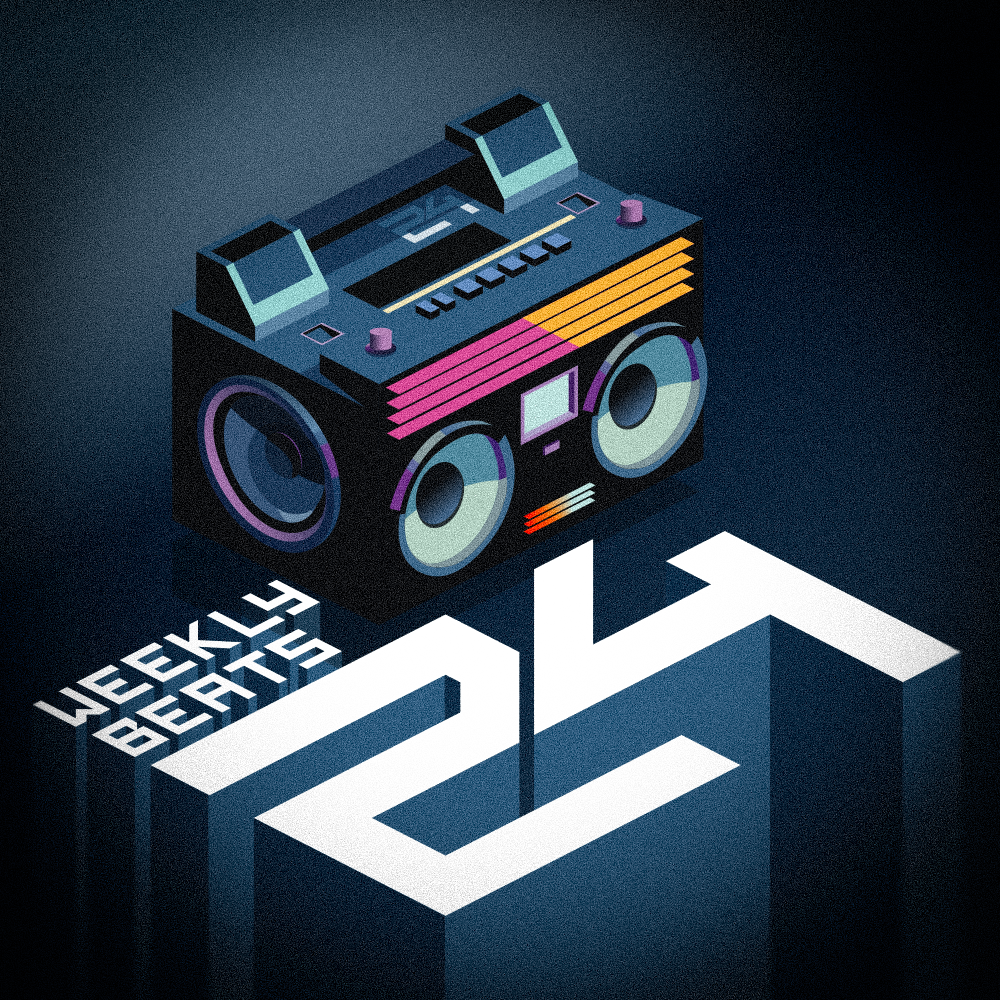orangedrink wrote:This is really neat! I'm new to music theory; just started studying it, so most of this is beyond me.
Hopefully by the end of 2016, I will have understood and incorporated this into my work!
Well, all but the chord tables are pretty self-explanatory, a scale is either major or minor, which in practice means that if you're in C, a minor scale has the third note (E) flattened.
Scale type is always heptatonic, which means there's always 7 notes in an octave used.
The transposition is a list of numbers that say how many keys the next note is away, 1 is the next key, from black to white (e.g. C# to D), white to black (e.g. C to Db, unless there's no black e.g. E to F); 2 is two keys over (e.g. C to D) and 3 is the third key over (e.g. C to D#).
As for the chords, it's probably easier to focus on the triads first. It's in roman numerals that count the note from the tonic; capital letters indicate a major chord, small letters indicate a minor. Say you're in C, I would be C major, vii would be B minor (7th note on the C scale is B).
A little O next to it means diminutive chord, it's always after a minor chord, it basically means the third note of triad is also flattened (e.g. Cm would be [C,Eb,G], Cdim would be [C,Eb,Gb]). A little + next to it means an augmented chord and is always next to a major chord, it basically means the third note of the triad is sharpened (e.g. C would be [C,E,G], Caug would be [C,E,G#]).
Now reading the chord table, it indicates the chord you're playing when you're using this scale (in C), which is the note, two notes after that, and two notes after that, which means in all the major scales, the first chord is most always major, but since these are rather unusual scales, there's going to be exceptions, like Ib5, or 026, which is basically just giving up on notation.
Who is actually responsible for the site?
